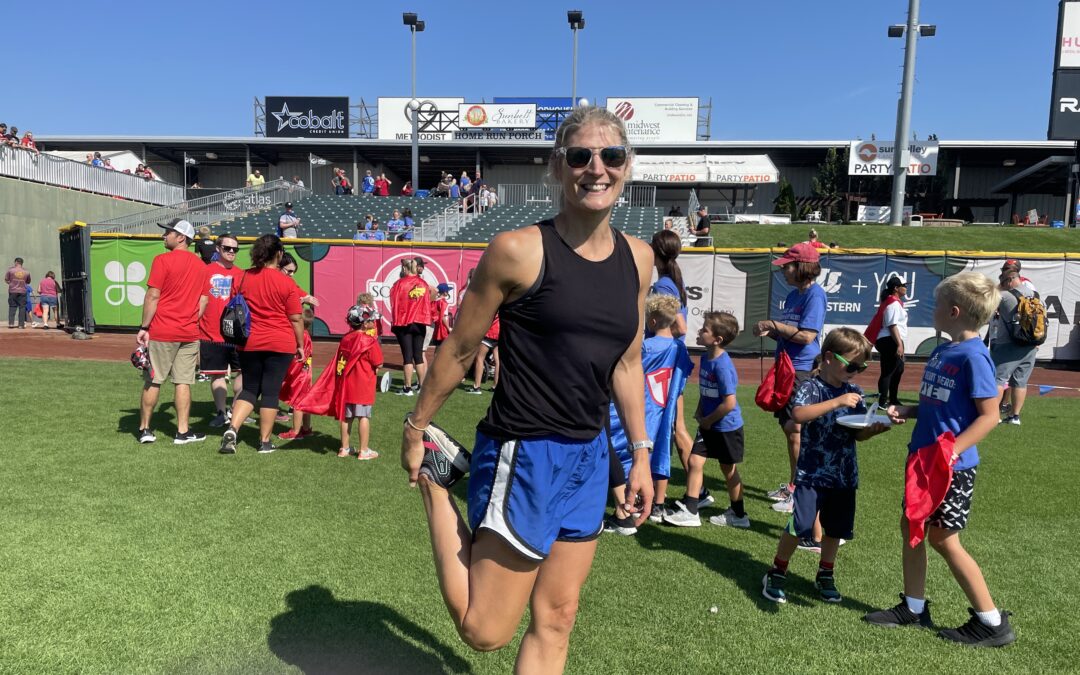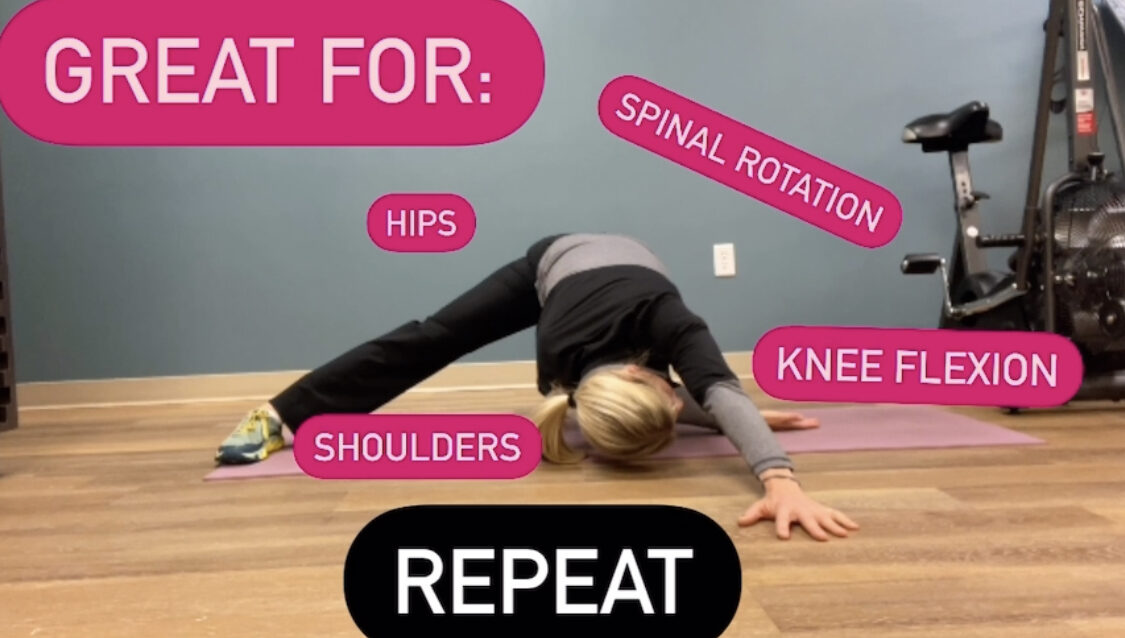Forget the Stretch Excuses.
5 Excuses You No Longer Need.
⭐️I know I should stretch, but I never have time.
✨I’m not flexible enough to stretch.
🌟 It hurts when I stretch.
⭐️ I don’t know how to stretch.
✨ Stretching is a waste of my time!
It’s as if our annual report card is marked with an “F” for stretching.
(is that letter system even used for academic grades anymore?)
I hear excuses about stretching over and over again from patients, friends and family. “I know I’m injured because I should have been stretching.” We then make a pact with ourself to “stretch every morning for at least 5 min” until we realize that is actually never going to happen with the dark, cold mornings of winter or the increased work demands at the end of the quarter or a new puppy or… or … you get the picture.
I completely understand the road blocks and resistance to stretching, but I encourage you to drop the self-shame and look at it in a different light.
Our bodies need mobility to function best, not just flexibility.
So, what’s the difference?
Stretching is the process of placing particular parts of the body into a position that will lengthen, or elongate, the muscles and associated soft tissues. Stretching can be done statically, where we hold certain positions like a gymnast would sit in the splits, or dynamically, where we make active movements that stretch a muscle to its full range of motion.
Mobility, on the other hand, is about joints. It is the ability to move a joint or for a joint to be moved freely and easily. Mobility also includes our body’s awareness of where it is, or its position in space and how it is moving. Mobility exercises move our bodies through a variety of motions and are designed to help us to improve:
Range of Motion
Muscular Control
Balance
Mobility training is important to our everyday lives because It helps us to move freely through the day without strain or pain. All of our joints function together and allow the ease of putting a box up on a shelf, squatting to pick up a baby off the ground or high-stepping over a large puddle.
Mobility training is important to our everyday lives because It helps us to move freely through the day without strain or pain. All of our joints function together and allow the ease of putting a box up on a shelf, squatting to pick up a baby off the ground or high-stepping over a large puddle.
Just like WD-40 for your joints.
On a cellular level, mobility exercises put forces on joints from all directions, which amps up the mechanical signals between our brain, bones and soft tissues. These loads create lubrication and a healthy flow of healing nutrients into the tissues of your joints.
On a cellular level, mobility exercises put forces on joints from all directions, which amps up the mechanical signals between our brain, bones and soft tissues. These loads create lubrication and a healthy flow of healing nutrients into the tissues of your joints.
We were meant to move!
Everything from our brain to our bowels to our knees work better when we are mobile. So, while stretching has its place, mobility training is going to be more bang for your buck. The next time your back, hamstrings, or shoulder are feeling stiff, think about mobility and movement vs. just stretching!
~ Carrie Smith, DPT


